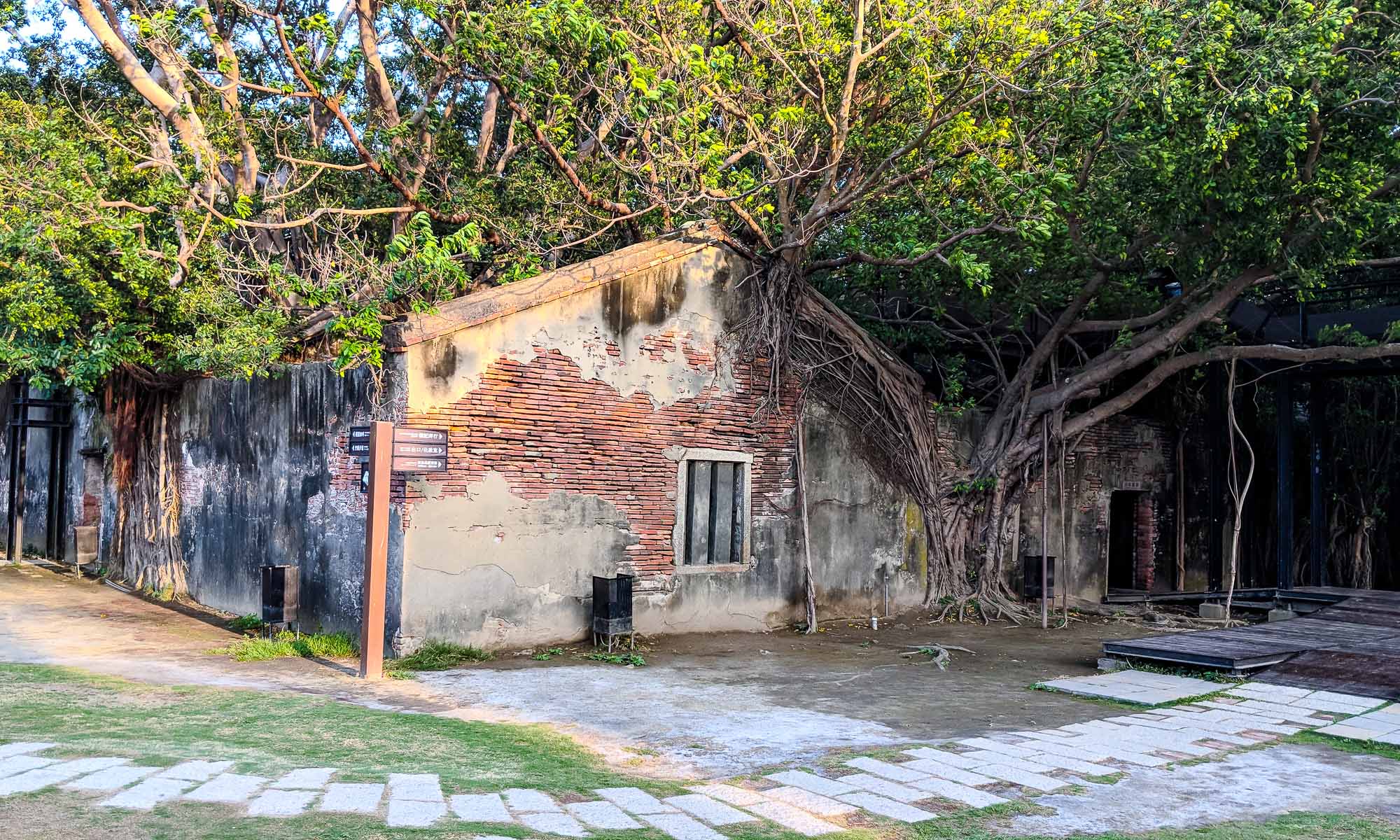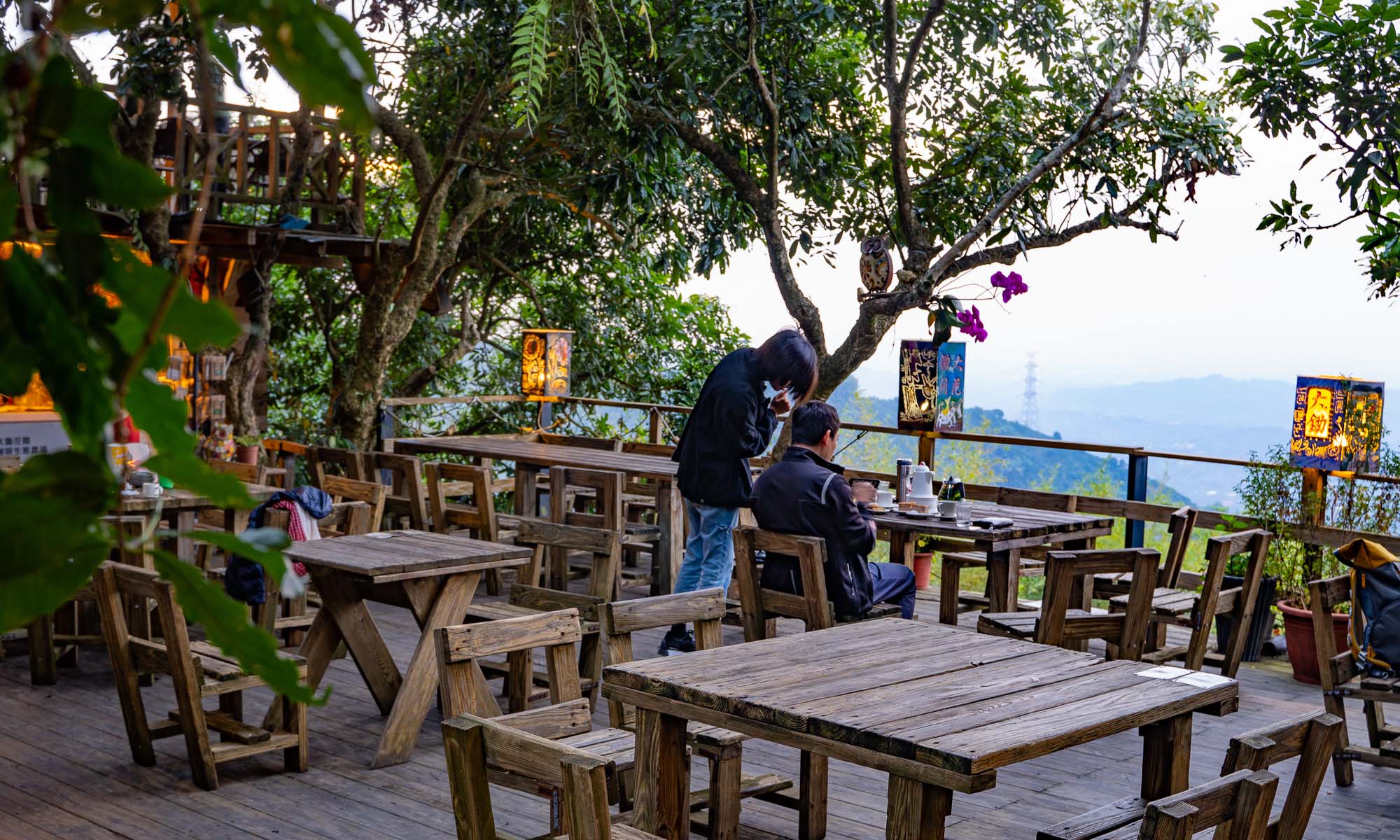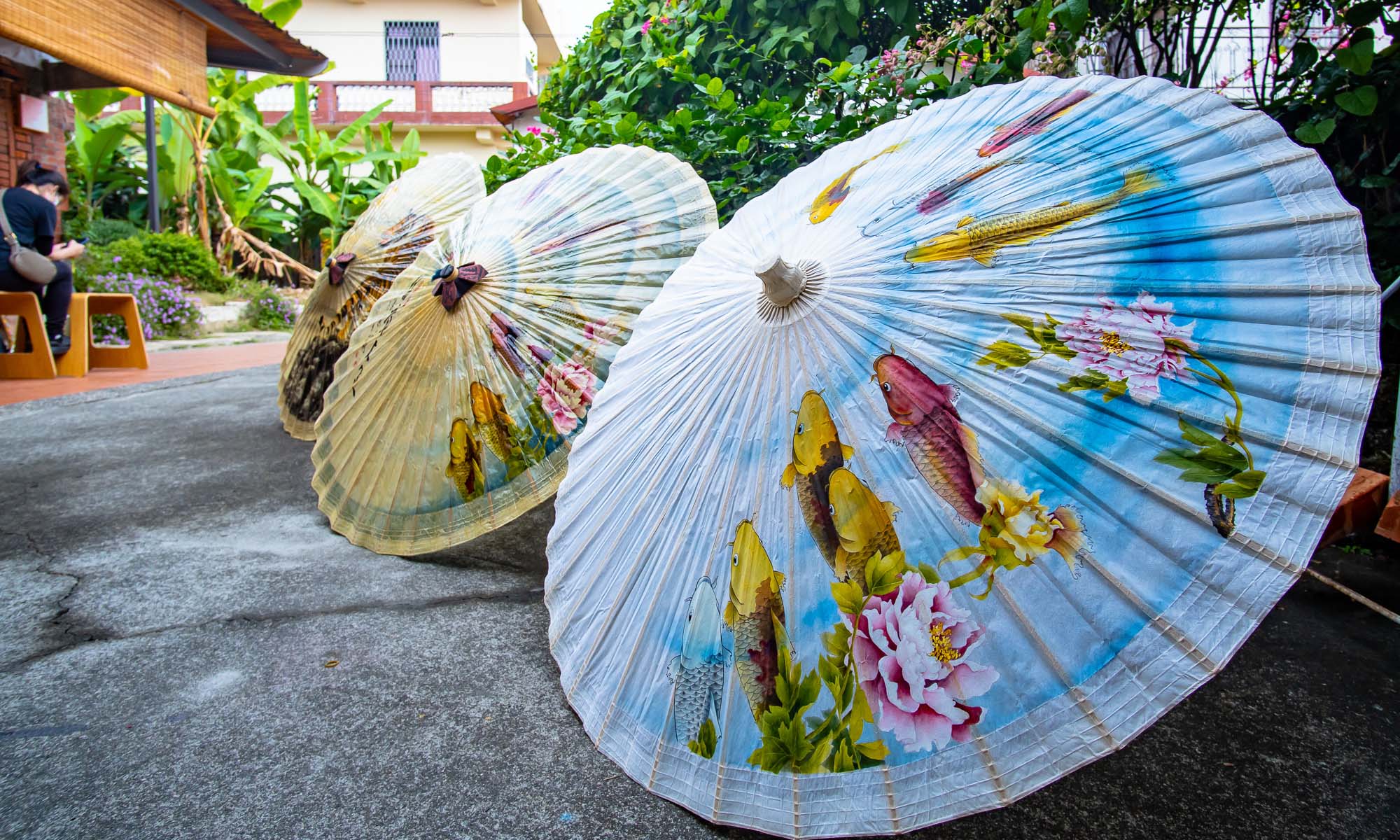ANPING HISTORIC DISTRICT
Anping is a quaint fishing village with a historic district for those who enjoy a walk back in time. Located by the sea in western Tainan, this little town was the first colony in Taiwan and a bustling center of international trade between the 17th and 19th centuries. Throughout its twisting alleys and narrow streets, the influences of successive colonizers including the Dutch, the Kingdom of Tungning, the Qing Dynasty and the Japanese can be seen.
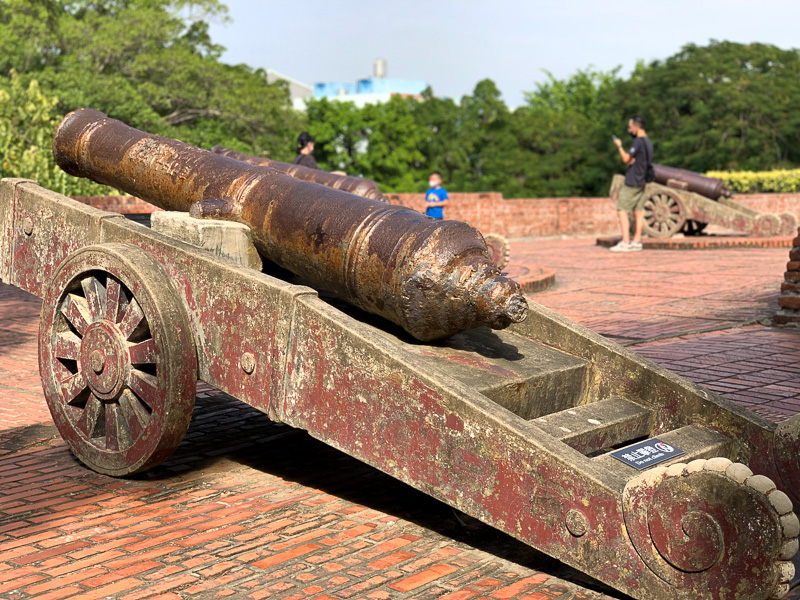
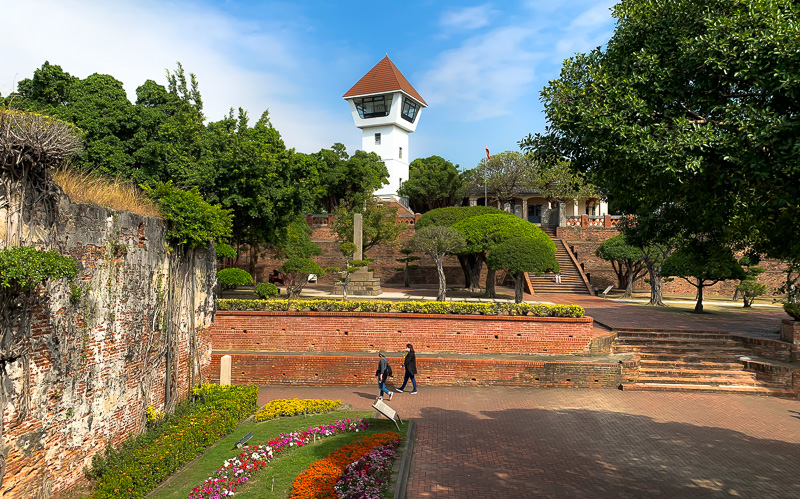
Strolling around Anping Old Fort can be both relaxing and educational. (right)
Erected in 1624 by the Dutch East India Company, Fort Zeelandia (now known as Anping Old Fort) is Taiwan’s oldest Western-built fort. Its main function was not to ward off foreign invaders but to protect the town and market of Anping from attacks by the neighboring indigenous population. To this day, remnants of the old wall and western-style mansion are still standing.
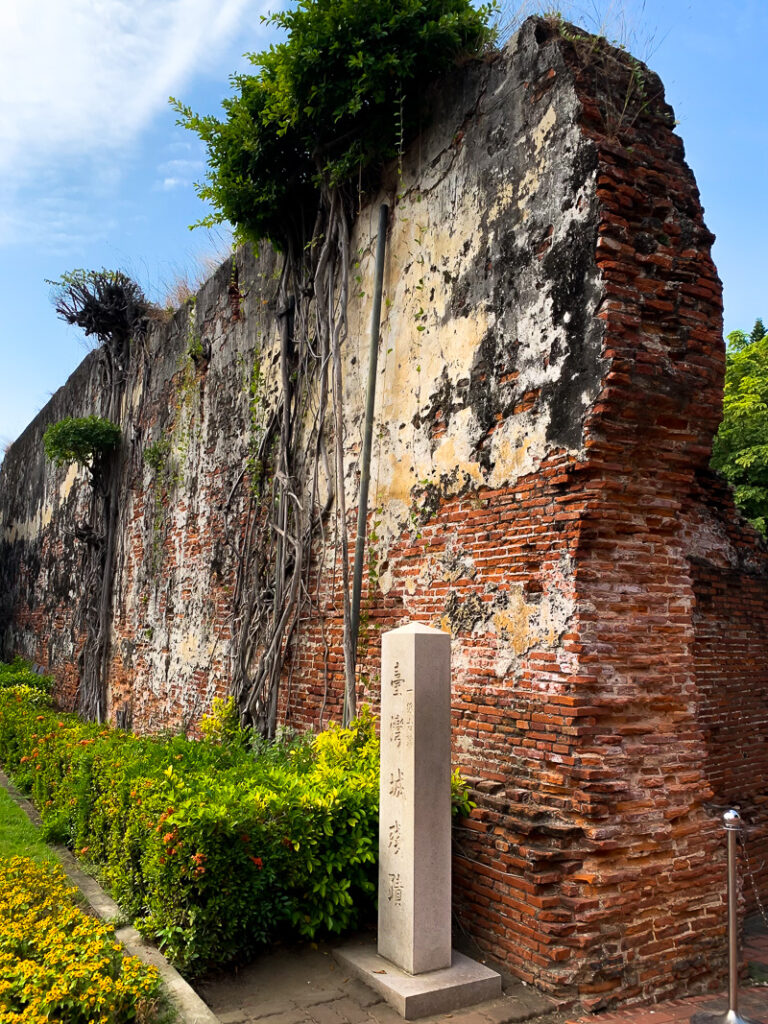
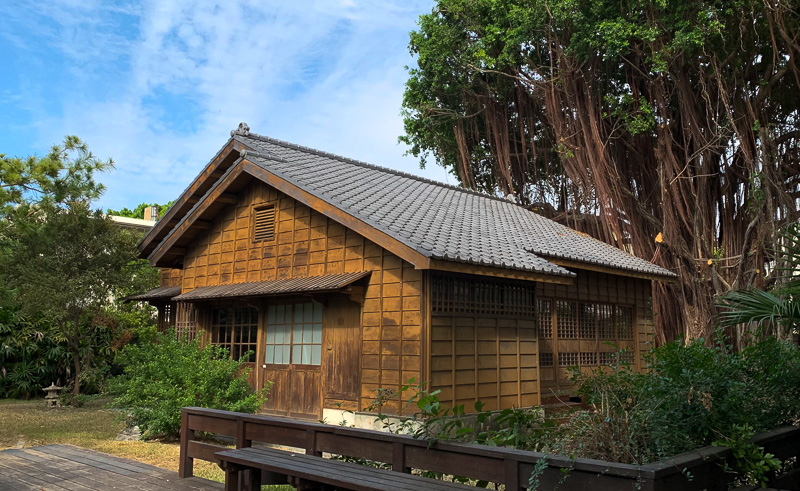
In 1661, Koxinga and the Kingdom of Tungning attacked the fort from Sicao in the north. Within a year the defenders surrendered and the Dutch retreated out of Taiwan. The old name “Tayouan”, which referenced an indigenous place name was abandoned and the town was renamed Anping. Even so, Tayouan would eventually serve as the inspiration for the name “Taiwan” with the arrival of the Qing Dynasty.
Despite cannon bombardment from a British naval ship in 1886 that destroyed parts of the fort wall, several significant historic sites remain, including The Former Tait & Co. Merchant House, the Old Julius Mannich Merchant House, and what is now known as Anping Tree House but was originally a warehouse belonging to the Tait & Co.
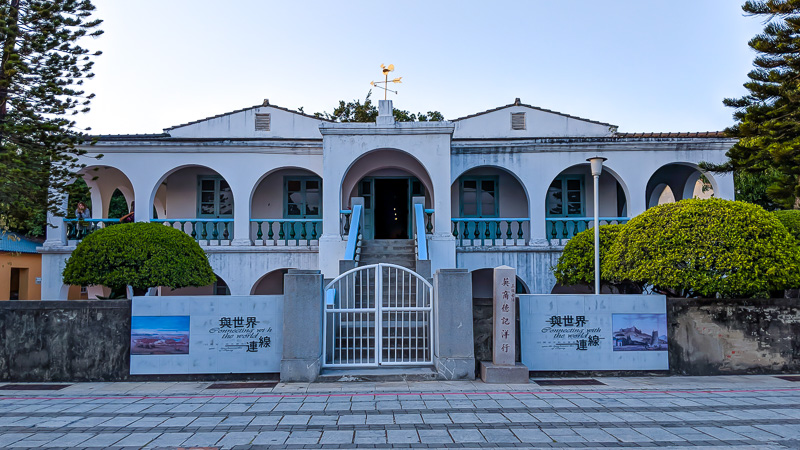
After railroad lines were established during the Japanese Colonial Era, maritime trade shifted to Keelung Harbor and the Port of Kaohsiung, and Anping shifted to producing refined salt. The Anping Court-Japanese dormitory is a testament to the area’s shifting economy.
The Taijiang Inner Sea has always been suitable for oyster farming. As far back as the 1600s, oyster shells were the primary ingredient in the mortar used to construct the fortifications. Oyster shell ash, sand, glutinous rice and syrup created a robust paste that has lasted to this day.
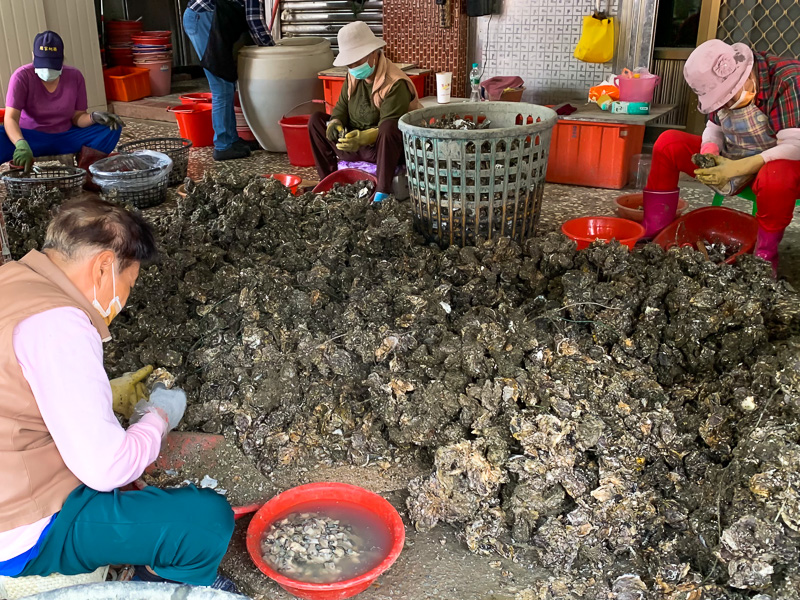
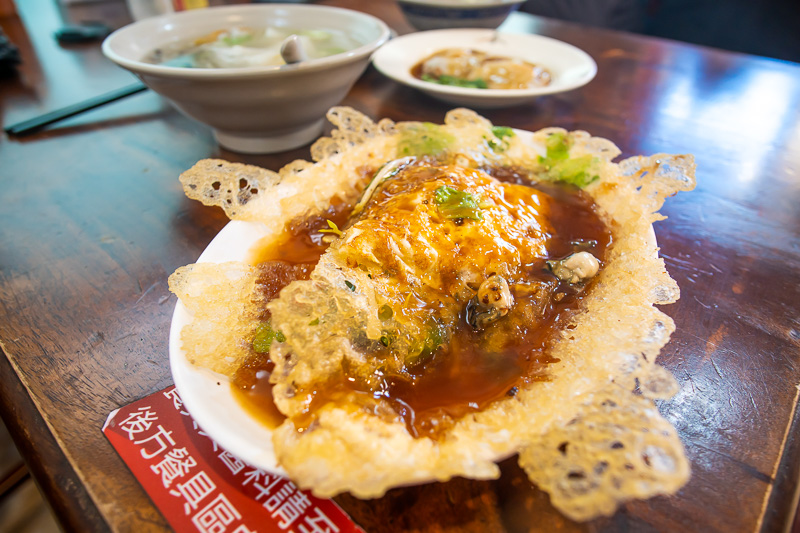
Don’t forget to grab a bite to eat while visiting Tainan’s many smaller neighborhoods. (right)
Tainan is well known for being a food culture capital, and tainan beef soup, oyster omelet and fish ball soup are among the area’s must-try delicacies. At Chen’s Oyster Rolls, located at the corner of Anping Rd. and Gubao St., one can observe the skill and enduring spirit of the elder generation as they continue efficiently and meticulously shucking oysters as the smell of the ocean permeates the atmosphere.

